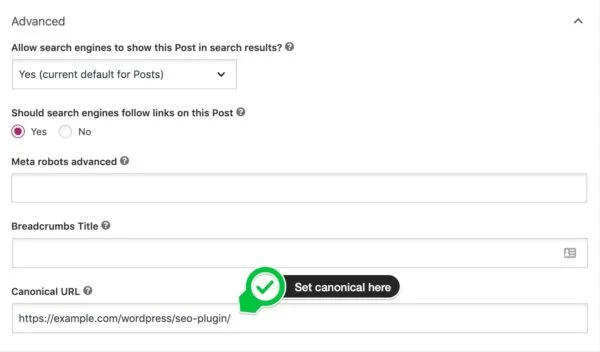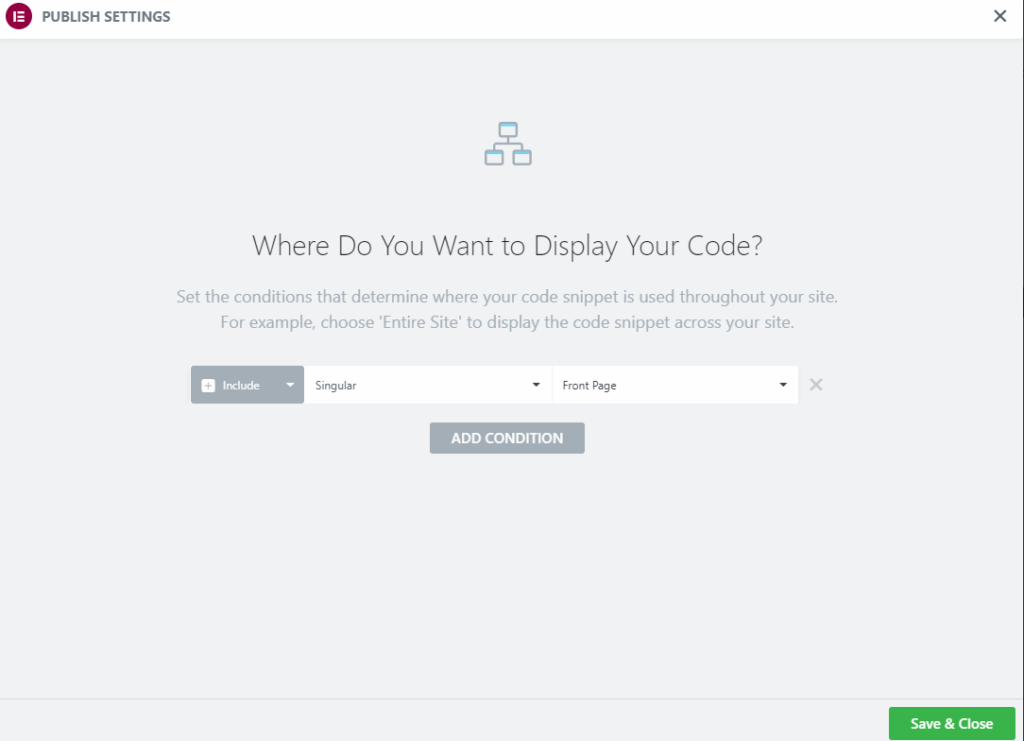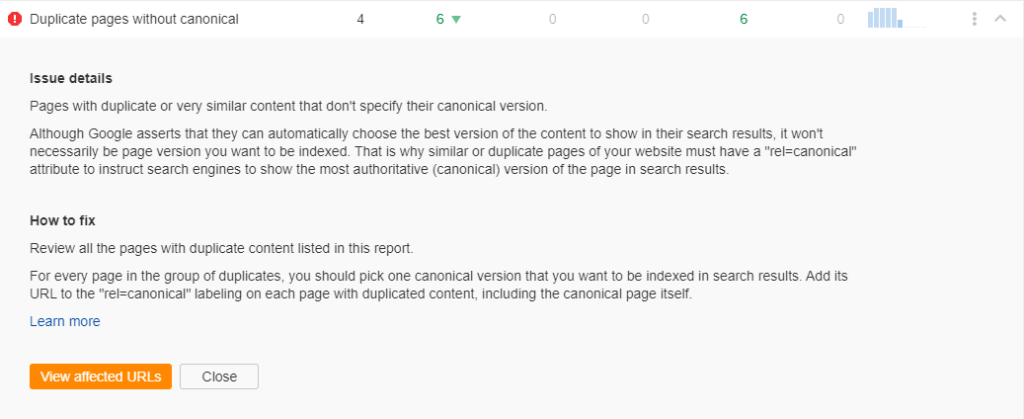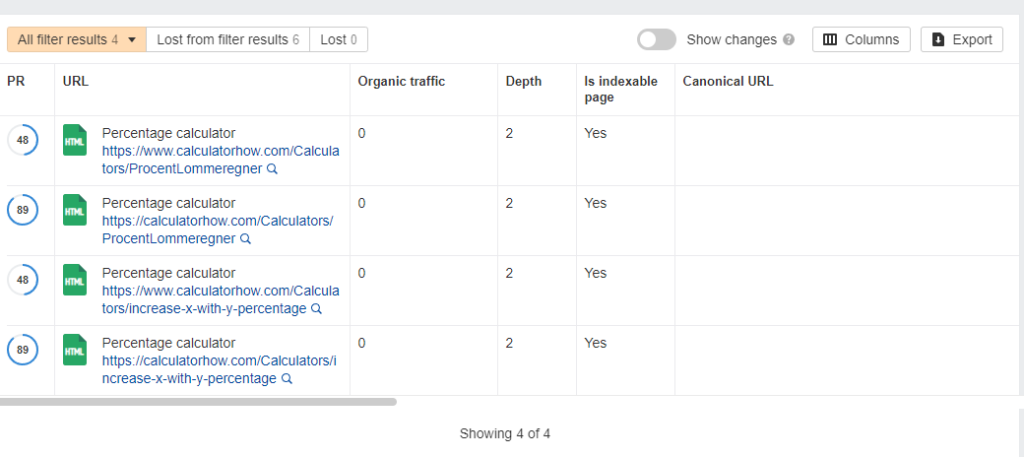You can have several versions of a URL that point to the same content. The most common example of these HTTP and HTTPS links, for example:
http://mywebsite.com
https//mywebsite.comBoth of these URLs contain the same content. To avoid indexing the same page twice Google will choose one URL to be the conical version and identify the rest as duplicate versions of that. The rest of the URLs will be crawled less often.
That’s why you’ll want to tell search engines explicitly which URL is the canonical version or if you consider both URLs of equal weight.
How to fix it
There are several ways to fix this issue, depending on the setup you have. Here I’ve written to guides. One guide, if you have a hordpress page. And another guide if you have access to your HTML file.
If you have a WordPress page
- Download Header and Footer Scripts. (It’s free with 200k active installations)
- Click ‘Edit’ on the page or post you want add the tag to.
- Scroll down to the newly added box: ‘Insert Script to’
- Enter this code <link rel=” canonicalize” href=”https://mywebsite.com”> in the box, with the href link replaced with your link. Do not add the <head> tag.

Use Yoast SEO plugin
The Yoast SEO plugin for WordPress also has the option in their advanced tab.
- Download and activate the Yoast SEO plugin
- Head to your page or post and enter the Canonical URL at the advanced tab.

If you use the Elementor plugin
With the new Elementor update, you’ll be able to add custom code to your page. To add specific code to a URL, you’ll have to use the ‘condition’ instance.
- Navigate to Elementor in your WordPress admin panel.
- Holding the mouse over the Elementor logo choose ‘custom code’
- Make sure the location is set to <head>.
- Add your code without the <head> tag.
- Use conditions to choose the page you’re canonilizing.


If you have access to HTML file
If you have access to your website’s HTML file you can add the rel=”canonicalize” tag in your HTML code. The tag should be placed between the <head> tag.
<head>
<link rel="canonicalize" href="https://mywebsite.com">
</headThe href tag should include the specific URL’s. As you’re telling Google to index this page, it should be the HTTPS link. So, the above link would be the frontpage, and the next HTML page with the URL link mywebsite.com/page-one should look like this:
<head>
<link rel="canonicalize" href="https://mywebsite.com/page-one">
</headHow to see if Duplicate pages without canonical is a issue
When I analyze websites for this issue, I use Ahrefs. They’ll do free site audits for you and tell which pages needs fixing.

